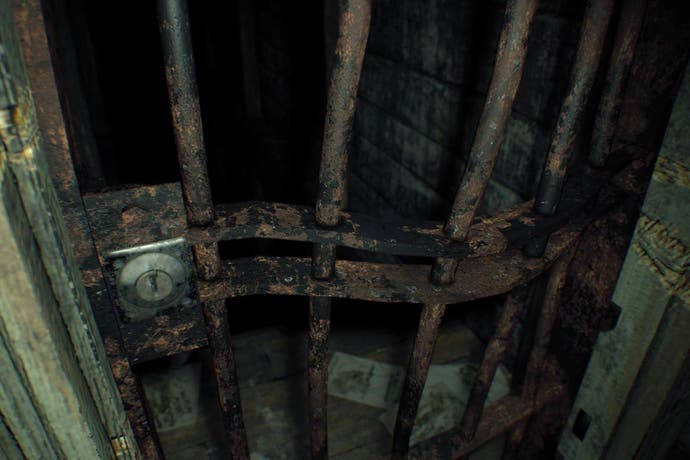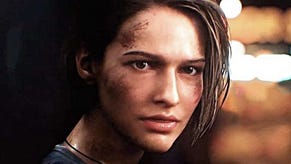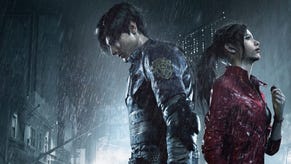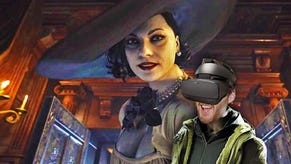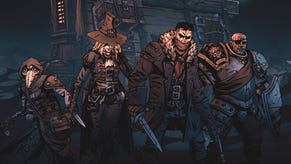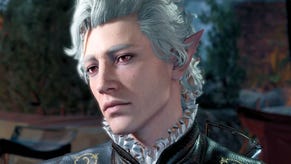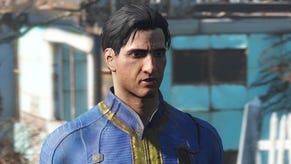Resident Evil 7's Beginning Hour demo has just been updated
Midnight strikes.
It wasn't my intention to make Resident Evil 7's director Kōshi Nakanishi apologise for the hours I wasted trying to find a use for the dummy finger in the game's Beginning Hour demo, but that's exactly what he did when I told him of my frustrations (which I think a good portion of the internet shared) during an interview last week at Capcom's headquarters.
"Sorry!" he laughed. "To be completely honest with you, all the commotion with the dummy finger was definitely a surprise for us. We were not expecting a response of that level, so yeah, we panicked a little bit.
"Our plan from the get-go was always to have the demo go side-by-side with the announcement, so we wanted to have a lot of puzzles in there that would lead to something else in the future. But it was always something we were planning on updating as time goes by, so we're hoping that everything ties together and it does leave a satisfying experience at the very end."
The very end has come, as the demo has indeed updated one last time, morphing from Beginning Hour, to Twilight, and now, to Midnight. This demo adds new areas, new items, and - well, a few other things, a portion of which you can check out in the video below, or read up on in full via our continuously updated Resident Evil 7 demo endings and secrets guide.
In addition to being playable on both PS4 and PS4 Pro, the Midnight Demo also adds PSVR support, and let me tell you, it is not for the faint of heart. The entirety of Resident Evil 7 is playable in PSVR from start to finish, so I asked a few key members of the creative team how this addition changed their approach to development.
Tadahiro Miyatake, lead level designer: "To be honest, it actually didn't effect level design all that much, the reason being we decided to go with VR support in the middle of 2015, around E3. By that time, the level design and the game design was basically solidified, so once we decided to go with full VR support we just had someone focus down on that and we were able to keep moving forward without too many changes on our side."
Hajime Horiuchi, lead game designer: "From a game design standpoint, the main thing we actually had to worry about - it wasn't so much the base game but the VR portion - was how to combat motion sickness. Some of the things we had to worry about were making sure that the movement speed was just right, having the movement speed so that it wasn't so fast that people would get sick, and also moments like being caught by the enemy. In the regular mode it's a fixed camera where the camera moves based on where we want it, but since in VR if you do that then the player might feel sick, [we had to] modify it to make sure the motion sickness is suppressed as much as possible."
Morimasa Sato, scenario director: "As for scenario, it's actually pretty similar to the troubles that were faced on the gameplay side. In the regular game we have control over what the player sees, but with VR, since in VR the player has the freedom to go wherever they want to, it would be unnatural if we're clipping them into a specific scene where we want them to see [something specific]. It could cause motion sickness, it could feel unnatural, and these are all things that could potentially break immersion. We wanted to make sure that didn't happen, so we would have to alter things to make sure that even within those new circumstances, people are able to see what they need to see and enjoy the narrative that they want to."
Wataru Hachisako, audio director: "From an audio perspective, again not too many changes, the main reason being VR technology is very much a visual piece of technology, and it's kind of cool to think that we've finally reached a point in technology where we now have 360 degree visuals, because it's funny - we've had that for a long time with audio where you have surround sound. So we didn't have to make too many changes, but the main thing we were a little bit more cautious about was thinking, if the visuals can be seen in a 360 degree environment, then we have to make sure we're aware of that when creating 360 degree audio references. We're going to have more players playing this game with headphones, so we're being a little bit more cautious about how the audio translates to those."
